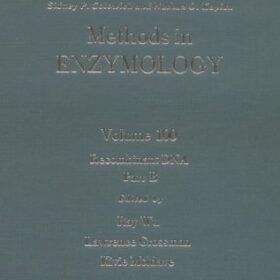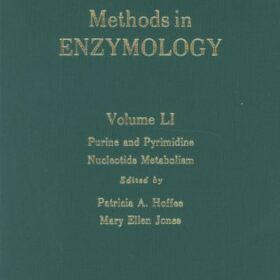Content: Dynamic GFP Sensors for High-Content Analysis of the Cell Cycle High Content Fluorescence-based Screening for Epigenetic Modulators Development of Assays for Nuclear Receptor Modulators Using Fluorescently Tagged Proteins The Ligand-Independent Translocation Assay: An Enabling Technology for Screening Orphan GPCRs by Arrestin Recruitment High Content Screening of Known G Protein-Coupled Receptors by Arrestin Translocation Cell Imaging Assays for G protein-coupled Receptor Internalization: Application to High Throughput Screening High throughput confocal microscopy for beta arrestin-GFP translocation GPCR assays using the Evotec Opera G-protein coupled receptor internalization assays in the High Content Screening Format Screening for Activators of the Wnt/Fzd Pathway by Automated Fluorescent Microscopy A live-cell, image based approach to understanding the enzymology and pharmacology of 2-bromopalmitate and palmitoylation Quantitative single cell studies of nuclear receptor function using high-resolution HTM and image analyses Tracking the motion of individual proteins with semiconductor quantum dots Development and Application of Automatic High Resolution Light Microscopy for Cell Based Screens Adenoviral Sensors for High-Content Cellular Analysis Cell based assays in primary endothelial cells to study multiple steps in inflammation Development and Implementation of Multiplexed Cell-Based Imaging Assays High throughput screening for modulators of stem cell differentiation High Content Kinetic Calcium Imaging in Drug Sensitive and Drug Resistant Human Breast Cancer Cells Measurement and Analysis of Calcium Signaling in Heterogeneous Cell Cultures Mulipliex Analysis of Inflammatory Signalling Pathways using a High Content Imaging System Generation and Characterization of a Stable MK2-EGFP Cell Line and Subswquent Development of a High Content Imaging Assay on the Cellomics ArrayScan(R) Platform to Screen for p38 MAPK Inhibitors Development and implementation of three MAPK signaling pathway imaging assays to provide MAPK module selectivity profiling for kinase inhibitors; MK2-EGFP translocation, c-Jun & ERK activation. Assay Development and Case History of a 32K Biased Library High Content MK2-EGFP Translocation Screen to Identify p38 MAPK Inhibitors on the ArrayScan(R) 3.1 Imaging Platform Development and Implementation of a dual target MAPK high content assay (MK2-EGFP translocation & cJun activation) to provide LO support for kinase inhibitors Compound classification using image-based cellular phenotypes High Content Screening: Emerging Hardware and Software Technologies An Infrastructure for High Throughput Microscopy: Instrumentation, Informatics, and Integration Protein Translocation Assays: Key Tools for Accessing New Biological Information with High Throughput Microscopy High-Content Screening of Functional Genomic Libraries Fluorescent protein-based cellular assays analyzed by laser scanning microplate cytometry in 1536-well plate format High-Throughput Measurements of Biochemical Responses Using the Plate::Vision Multimode 96 Mini-lens Array Reader Systems Cell Biology Based on High Content Screening Digital Autofocus Methods for Automated Microscopy Fluorescence Lifetime Imagine Microscopy Two-dimensional distribution measurement of fluorescence lifetime
Quinones and Quinone Enzymes Part A eBook
$12.00
- Delivery: Can be download immediately after purchasing. For new customer, we need process for verification from 30 mins to 24 hours.
- Version: PDF/EPUB. If you need another version, please Contact us
- Quality: Full page, full content, high quality images, searchable text and you can print it.
- Compatible Devices: Can be read on any devices (Kindle, NOOK, Android/IOS devices, Windows, MAC,..).
- e-Book Features: Purchase and read your book immediately, access your eTextbook anytime and anywhere, unlimited download and share with friends.
- Note: If you do not receive the download link within 15 minutes of your purchase, please Contact us. Thank you!









Reviews
There are no reviews yet.